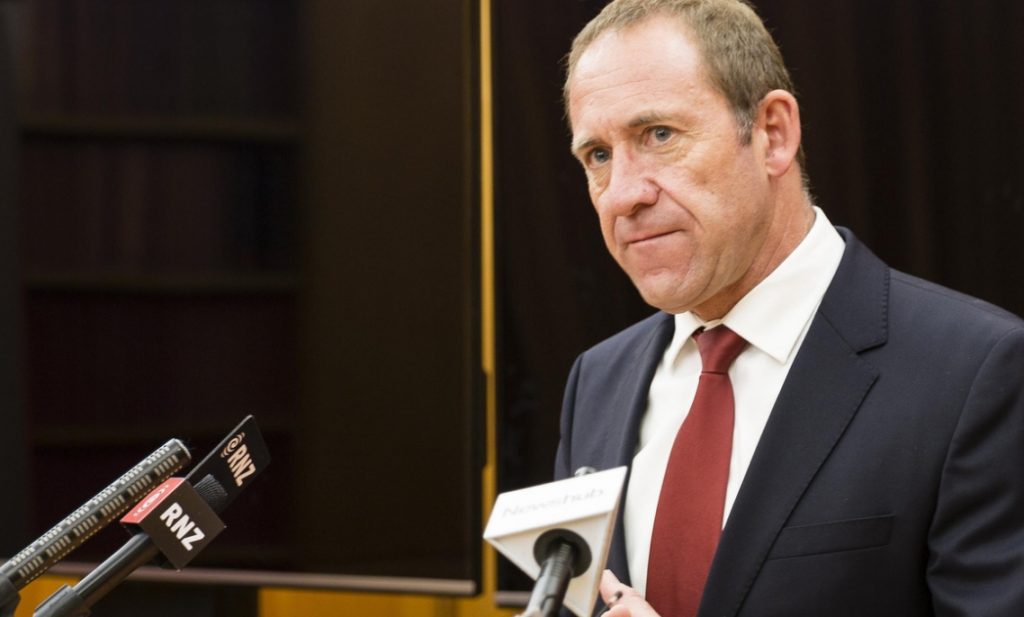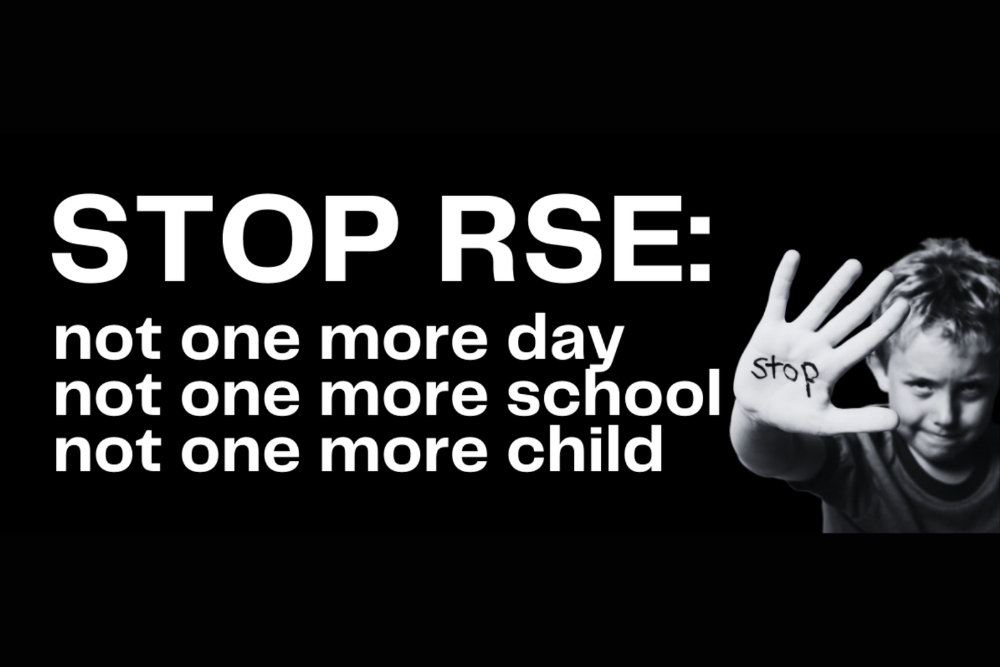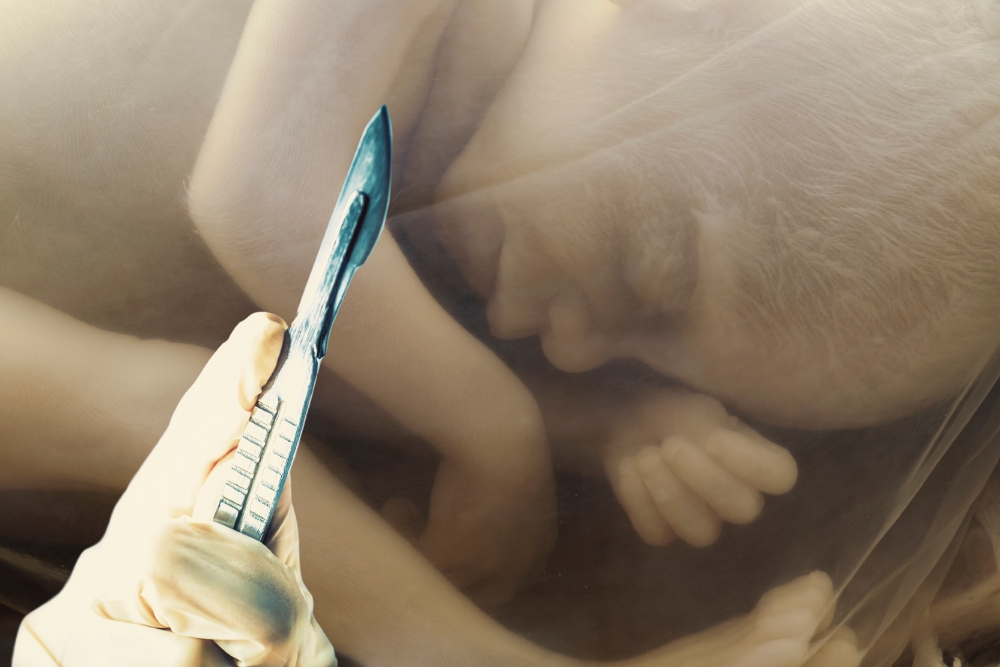Mainstream media have reported around the Open Letter by the New Zealand Association of General Surgeons without printing it for the public to engage with.
The Daily Examiner believes that the public deserve to know exactly what was sent to Mr Andrew Little.
Open Letter from Dr Rowan French, FRACS, President New Zealand Association of General Surgeons, to the Office of the Minister of Health Andrew Little. Copies were sent to Fepulea’I Margie Apa, Interim CEO Health New Zealand and Riana Manuel, Interim CEO Maori Health Authority:
Dear Sir/Madam
I am writing on behalf of the New Zealand Association of General Surgeons (NZAGS). Our organisation counts the majority of New Zealand General Surgeons in its membership and is involved in advocacy and specialist training in general surgery.
We would like to express our grave concerns for the future of our public health workforce. Although the challenges facing public hospitals are foremost in our members’ minds, we understand that primary care is also suffering a workforce crisis.
Our members are very concerned that the current staffing short-fall is profoundly reducing their ability to deliver both elective (planned) and acute surgical care.
It is clear to our members that the health workforce crisis is not purely related to recent COVID 19 and Influenza infections, but rather that current staffing shortages relate to permanent vacancies unable to be recruited to, increasing overseas departure of healthcare workers, and healthcare workers leaving the professions because of disillusionment and a sense of undervaluation.
Examples of the desperation measures, impacts and consequences that have come from our membership include:
-
Many public hospital operating theatres are running well below their usual capacity. For example, one hospital reports theatres are at 2/3 of usual capacity and about to drop to ½ of usual capacity during school holidays. This is due to dire shortages of nurses, anaesthetic technicians and medical radiation technologists. Members commonly report patient numbers on operation lists being cut from 4 patients to 1 or 2.
-
Many of our public hospital members have done very little elective operating in the first 6 months of this year because of list cancellations. There are instances of surgeons only being allocated 3 lists in the last 6 months (normally there would be >20). So, they are asked to do clinics instead, where more patients may be added to waiting lists. This is a folly lost on few.
-
Not uncommonly, the absence of a single professional in theatre (for example an anaesthetic tech) can lead to surgeon, anaesthetist, junior doctors and nurses being paid for a day that is relatively unproductive. This is immensely frustrating for all concerned.
-
The continued negligible throughput of planned surgery is leading to worsening disability and risk to those waiting for their surgery. It results in de-skilling of clinicians and reduced training opportunities. Patients are now commonly presenting to emergency departments with complications relating to treatment delays.
-
The ridiculous narrative that investing in further hospital beds nationally can be avoided because we can “manage more patients in the community” completely ignores the advancing age and comorbid state of our population. Most hospitals are already close to, or at over 100% occupancy. This cannot be dismissed as ‘just a winter problem’, as a number of hospitals were at 100% occupancy in January.
NZAGS appreciates that the addressees will understand the gravity of the situation. We think it is imperative that this gravity is acknowledged, and that the impact of current winter illness does not continue to be advanced as a primary reason for the problem. What that does is lead the public to believe that the health workforce problem will self-resolve when the sun starts shining. We all know this isn’t the case.
NZAGS doesn’t expect immediate solutions to this health workforce crisis, which has been a long time in the making. However, there are several actions that our executive think could help towards ensuring we have enough staff to run our public hospitals in 2023 including:
- Public acknowledgement of the gravity of the situation and the fact that this is not a temporary winter/flu/Covid-related problem.
- Consideration of a “health workforce summit” to bring necessary parties and stakeholders together to get an “end to end” view of the scope of the problem and formulate solutions (similar to the “jobs summit” held during the Global Financial Crisis). This must include the Institutes of Technology and Universities.
- Urgent consideration of ways to better value and recognise healthcare occupations -and we single out nursing here in particular, but there are others. Though it may not be possible to match Australian salaries, there are other mechanisms available, such as free meals/parking/childcare. There is no way around this, we must find tangible ways to really value nurses or the net exodus will continue.
- Consideration of a “fees-free” nursing training model with bonding for a set time, or perhaps cancellation of nursing student loan in exchange for a bonding period.
- Addition of nurses and allied health professionals to the top of the immigration and residency priority list. Direct feedback received by our members suggest that overseas healthcare workers, particularly nurses, are facing significant immigration and residency barriers.
We regard the problem as urgent and that real action can’t wait until after winter given the reported rates of attrition, particularly of nursing staff.
General Surgeons are realists and NZAGS wants to be part of the solution to this generational challenge. We appeal to you to act urgently as every week sees further attrition in our precious health workforce, and yet further pressure on those that remain.
Kind regards
Dr Rowan French, FRACS
President New Zealand Association of General Surgeons










